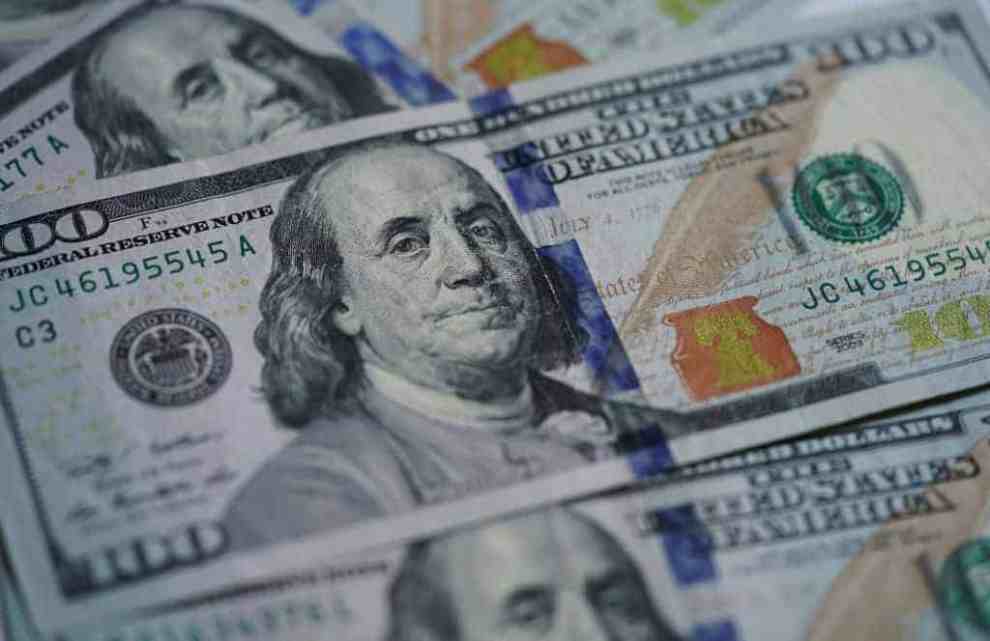A second stimulus package is on the way!
Congressional leaders finally agreed on a deal. They decided on December 20 for the $900 billion economic relief package. Unfortunately, it’s not the same amount as the first one, under the $2 trillion Cares Act that was passed in March. CBS reports some Americans will receive $600 instead of $1200. Here’s a breakdown of everything you need to know:
How much will I get and how do I know if I qualify?
The package would send direct payments of $600 to most Americans — down from the $1,200 passed in March as part of the CARES Act. Families will also get $600 per child. Individuals who earned up to $75,000 per year and couples who made up to $150,000 in 2019 will receive the full sum. The payments will phase out until they stop for individuals and couples who made $99,000 and $198,000, respectively. Another source points out the “$600 will be directed toward each ‘child dependent,’ which suggests that adults who are nevertheless claimed as dependents — such as college students — may not qualify for the checks.” According to lawmakers, a family of two parents with two child dependents could receive up to $2,400.
If I’m an immigrant without a Green Card do I qualify?
Yes, although the amount of the stimulus package is less, there’s good news for people who didn’t even qualify for the first one. The CARES Act was only for American citizens or immigrants with a Green Card. Under the second bill, couples that have an immigrant without a Green Card would also qualify for the check. Mixed-status households, in which a member of the family does not have a Social Security number, will also receive payments, retroactive to the CARES Act. Earlier this year, lawsuits were filed over U.S. citizens not being qualified for the package due to their spousal or parental relationship to an immigrant. Plaintiffs called the actions unconstitutional.
When will we receive the money?
CBS reports the funds could start rolling out as early as next week!
Unemlpoyement benfits
The second package will also add $300 per week for federal unemployment through mid-March. The plan would also extend the Pandemic Unemployment Assistance and Pandemic Emergency Unemployment Compensation programs, which expanded jobless benefits eligibility and allowed people to continue to receive payments after their state assistance ran out, through mid-March, CNBC reports.
More benefits of the second stimulus package:
- Another news source reports the national eviction moratorium will be extended until January 2021 and will establish a rental assistance fund of $25 billion. This will help over 14 million Americans (1 in 5 renters) who are struggling to pay their rent.
- The plan would put more than $8 billion into [the] distribution of the two FDA-approved Covid-19 vaccines. It would also set aside $20 billion to make sure Americans get the shot for free. It would direct at least $20 billion to states for testing and contact tracing efforts.
- During the worst hunger crisis the U.S. has seen in years, the measure would put $13 billion into boosting Supplemental Nutrition Assistance Program benefits by 15% and funding food banks, among other programs.
- The bill would put $45 billion into transportation, including at least $15 billion for airline payroll assistance, $14 billion for transit systems, and $10 billion for state highways.
- The legislation would direct $82 billion into education, including more than $54 billion for public K-12 schools and nearly $23 billion for higher education. Schools require additional resources such as personal protective equipment to stay open safely.
- It puts $10 billion into child care assistance.
- The proposal would send $15 billion in aid to live event venues, movie theaters, and cultural museums.
- The measure sets aside $7 billion to increase broadband access.
- It would phase out emergency Federal Reserve lending powers established by the CARES Act at the end of the year, and repurpose $429 billion in unused funds.

